Menu
Tree topping is often regarded as a controversial practice in arboriculture. This haphazard tree trimming exercise often causes severe disfigurement, compromising the overall aesthetics of your landscape. While tree topping offers a quick solution to manage excess growth and prevent potential hazards, arborists and environmentalists do not prefer it because of its detrimental effects on tree health, structural integrity, and overall aesthetics. If you have a tree pruning or trimming project, Driscoll Tree Service can recommend alternative techniques to promote vitality and longevity.
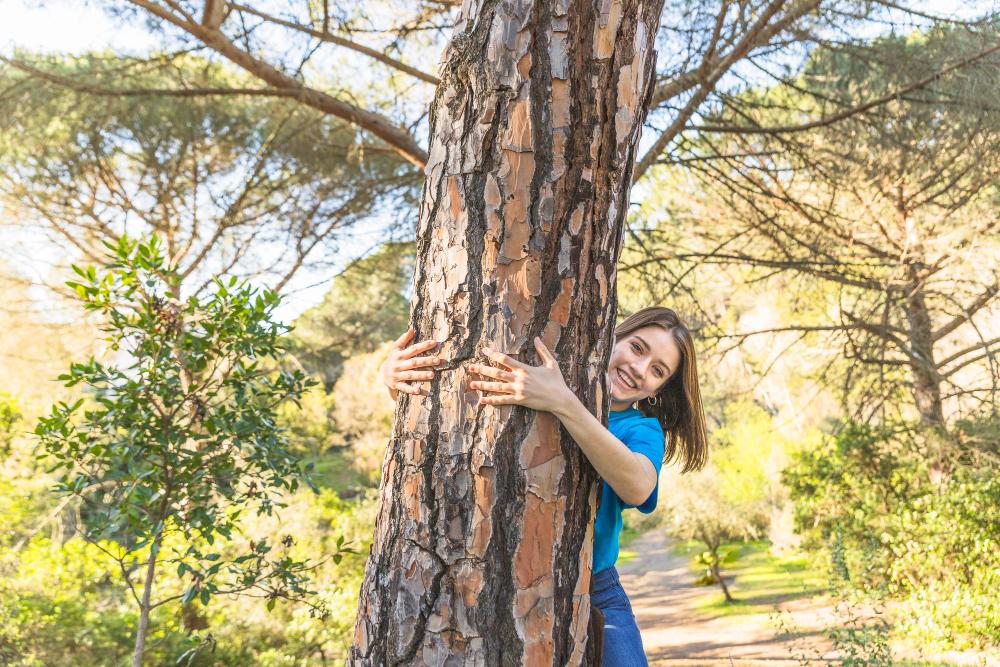
Tree topping is a pruning method that involves cutting off large crown sections and leaving stubs or lateral branches behind. The aim of topping is reducing the size of a tree, managing its growth, or mitigating potential hazards, such as branches rubbing against power lines or structures. However, this tree-trimming technique is widely criticized by arborists and tree service professionals because of its devastating effects on the tree’s health and structure. Tree topping induces rapid production of weak branches called water sprouts, which are more susceptible to breakage and disease. In addition, topping increases vulnerability to stress, pests, and pathogens, compromising trees’ durability and aesthetic appeal.

Tree topping might offer a quick fix for managing tree growth or addressing safety concerns, but it can have severe and lasting consequences for the health and vitality of your trees. Here are ways attempting this tree pruning method can harm your investment.
The most immediate and visible effect of tree topping is the change in natural structure. Topping removes large portions of the crown, disrupting the balance between roots and branches and affecting the tree’s ability to support itself. If you notice rapid growth of weakly attached new branches following a topping exercise, call a tree care company to assess structural weaknesses and recommend effective restorative strategies. However, severe damage may prompt tree removal to mitigate hazards in the future.
The shock and trauma inflicted on trees by topping often cause significant stress, leaving them more susceptible to deterioration. Topped trees use valuable energy to heal wounds and generate new growth, diverting resources from essential functions such as defense against pests and diseases. Chronic stress can weaken the tree’s immune system, causing health issues and unplanned tree removal emergencies. You can prevent these issues by working with a trusted tree service expert who can handle pruning and other maintenance practices.
Tree topping poses significant risks to trees’ health, structure, and aesthetic value, especially when performed by inexperienced individuals. While it may offer a temporary solution to manage growth or address safety concerns, the long-term consequences outweigh any perceived benefits. Therefore, avoiding this tree trimming exercise and employing proper techniques that promote health, structural integrity, and sustainability are essential. Contact us at the Driscoll Tree Service and schedule a consultation with our team to learn responsible arboricultural practices. As a trusted tree care company, we can ensure your trees’ continued health and resilience for generations.
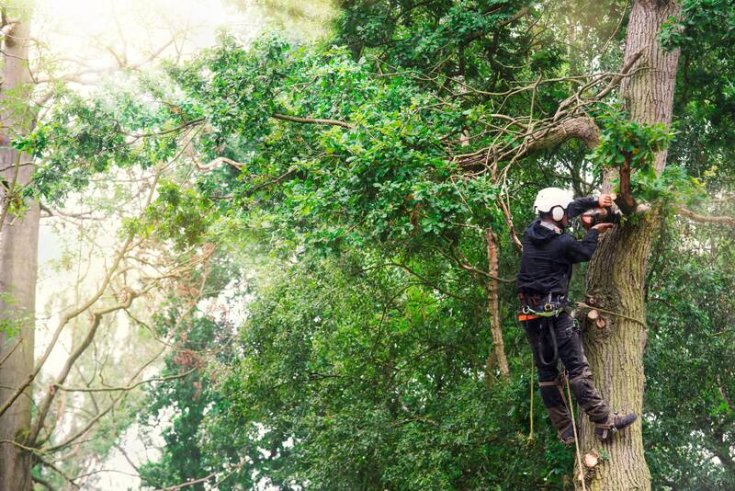
Why Regular Tree Maintenance Is Essential for a Healthy Yard It’s easy to take trees for granted. Most homeowners would never skip a doctor’s appointment or ignore their pet’s annual checkup, but routine care often slips through the cracks when…
Read More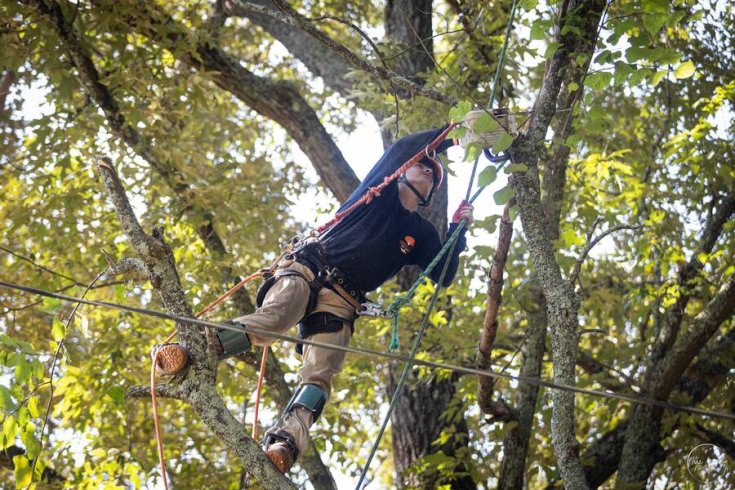
Myths About Tree Care Maintaining healthy trees requires proper care practices. Whether you prefer a hands-on approach or hiring tree service providers, regular care is essential for the trees’ overall well-being. However, most people rely on the internet for information,…
Read More
Benefits of Trees Did you know trees cover nearly 40% of the country? Despite trees' many benefits, they are often overlooked and may not receive proper care. At Driscoll Tree Service, we appreciate the role of trees in the ecosystem…
Read More
Factors to Consider When Choosing a Tree Service Company Maintaining the health and aesthetics of your trees is crucial for the safety and beauty of your property. Whether it’s pruning, trimming, or tree removal, choosing the exemplary tree service can…
Read More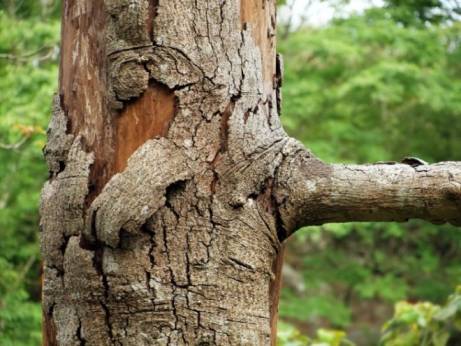
Spotting the Signs of Common Tree Diseases in 2022 Even the healthiest of trees can become damaged due to invasive pests and plant diseases. Such issues need to be tackled very quickly. Otherwise, the affected trees can die, spreading the…
Read More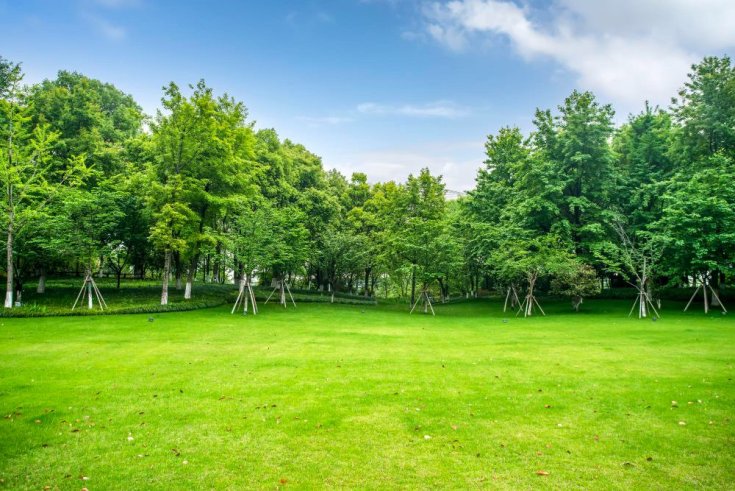
Most Interesting Facts About Trees Trees provide more than just clean air for the planet; they are entities that have been around for many years, bearing witness to Earth’s rich history. As a professional tree care company, the Driscoll Tree…
Read More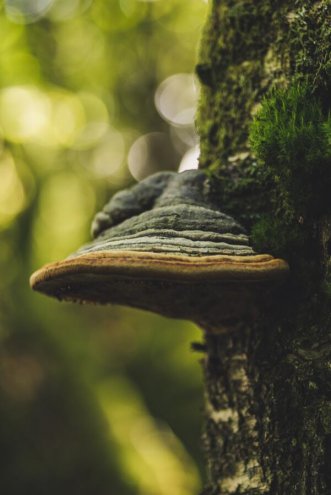
What Is Tree Fungus? Trees are an integral part of our environment, adding value, beauty, and a sense of tranquility to our properties. However, these majestic organisms are not immune to various challenges, one of the most common being tree…
Read More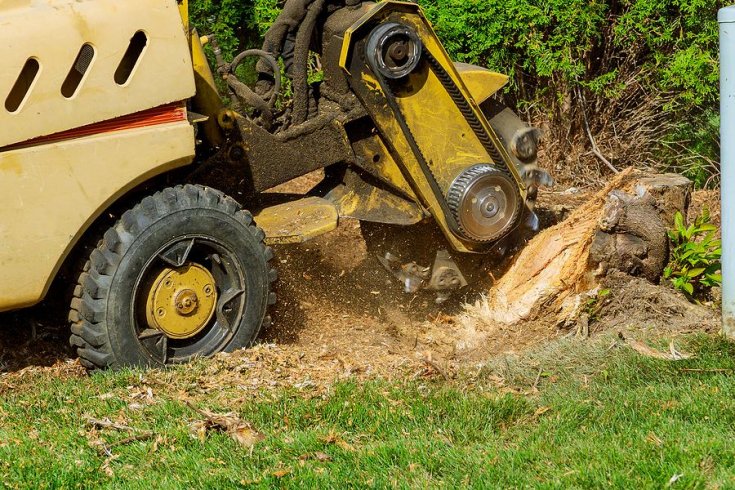
Stump Grinding Vs. Stump Removal If you recently cut down a tree in your backyard, there’s a chance you need to get rid of the eyesore left behind. While ignoring the stump or waiting for the natural decomposition process are…
Read More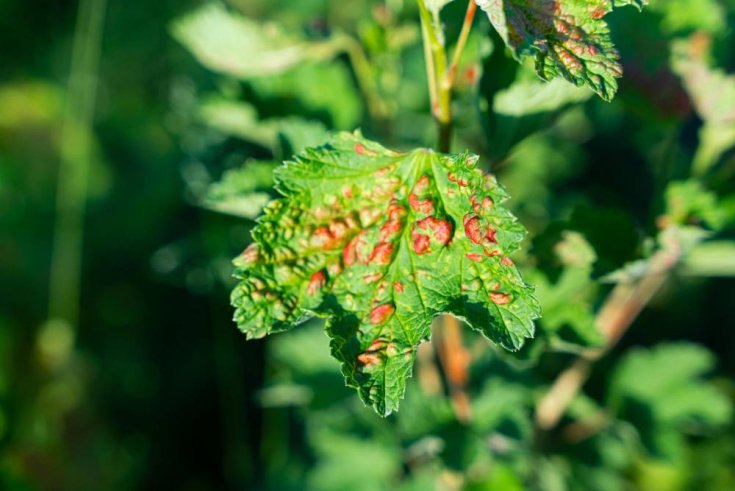
What is Anthracnose? Trees enhance the quality of our environment, offering many benefits that improve the quality of life. However, they are susceptible to diseases, prompting the expertise of certified arborists. A common threat to these magnificent entities is anthracnose,…
Read More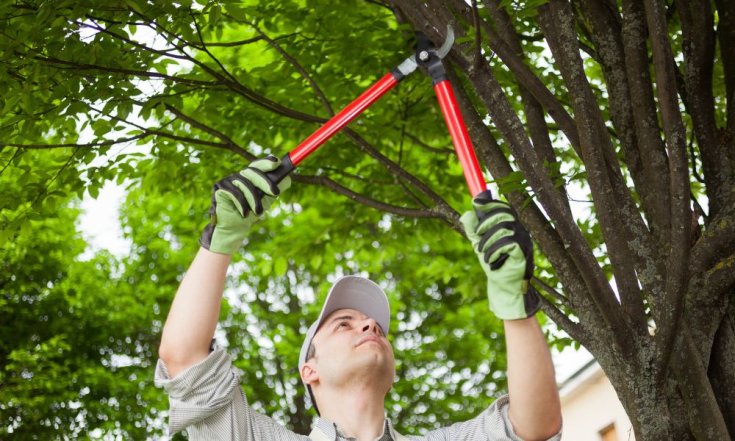
Tree Maintenance Issues Homeowners Neglect Trees add beauty to any landscape and provide many benefits like air purification, shade, and curb appeal. While these magnificent entities may seem sturdy and durable, proper care is vital to maintain good health and…
Read More